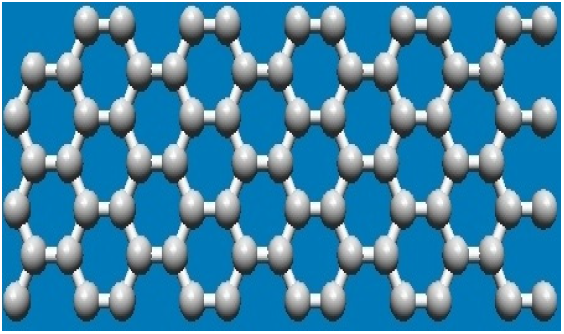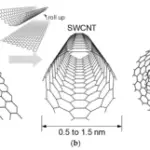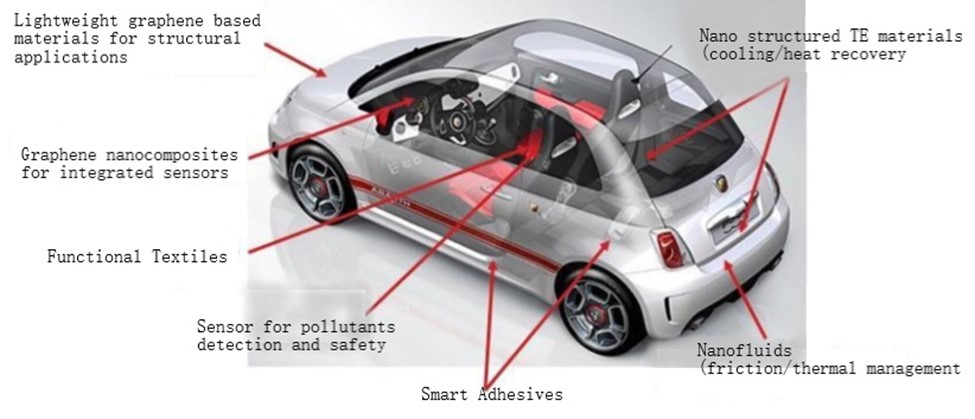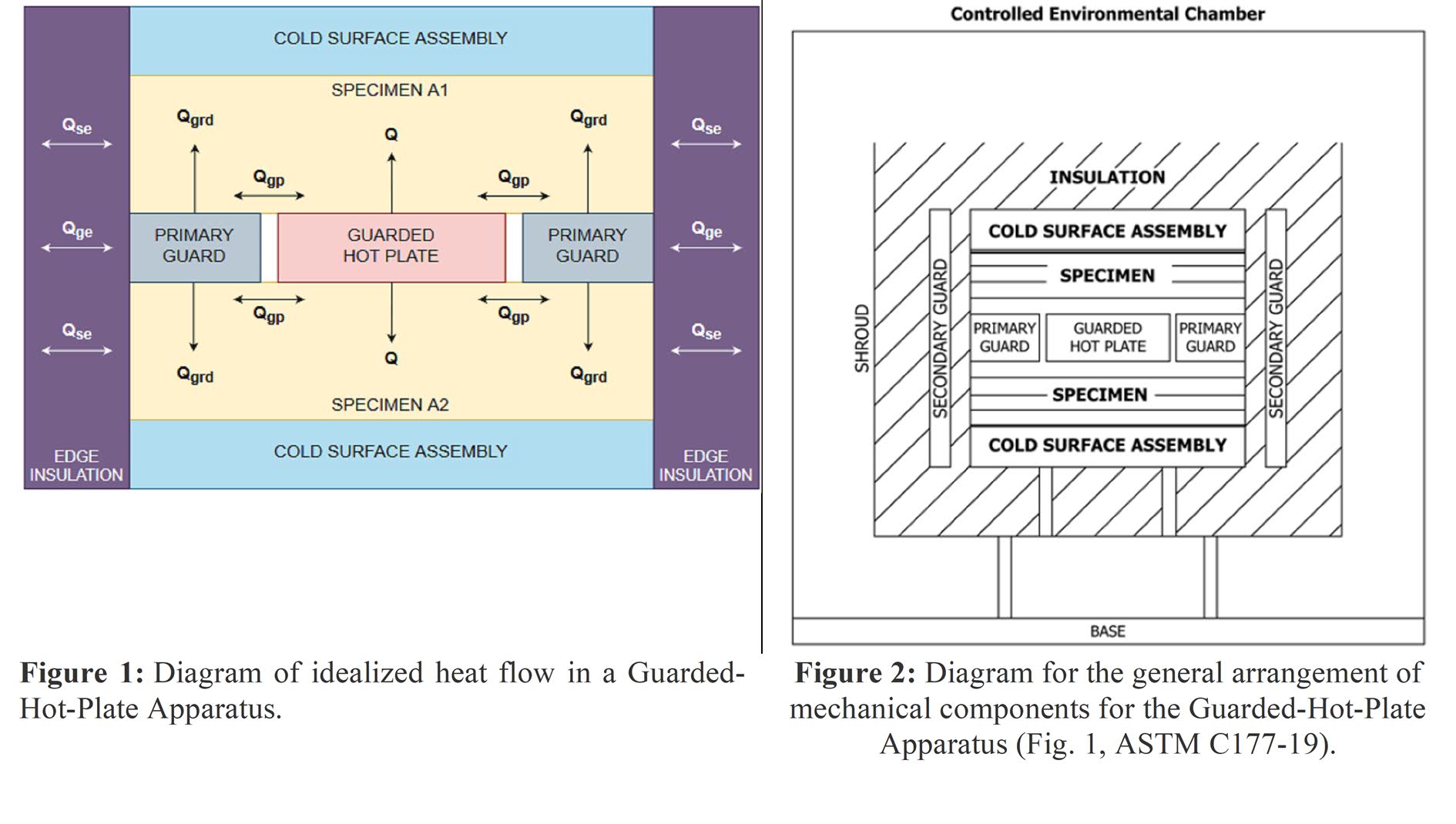Graphene in Composite Industry
Graphene is one of the carbon allotropes containing a single layer of atoms positioned in a two-dimensional (2D) hexagonal or honeycomb lattice. In fact, graphene is responsible for some other allotropes of carbon like carbon nanotubes (single walled, SWCNTs, double walled, DWCNTs and/or multi walled, MWCNTs), fullerenes, etc.
Graphene is one of the most amazing discoveries of the 21st century and it is considered as the miracle material because of its marvellous properties more specifically for their outstanding electrical and thermal properties. Graphene for its instinctive properties are now being used in all the advanced applications and applications in smart textiles, aerospace industry, and energy storage are worth mentioning. Graphene has been identified to lay the foundation of new horizon of possibilities in the next generation materials for multipurpose applications.
Forms of Graphene: It can be used in the forms mentioned below-
- Pure graphene fiber
- Composite or blended graphene fiber (e.g. graphene/alpaca fiber)
- Graphene-based fabric (from pure or blended graphene yarn)
- Graphene-based polymer nanocomposite without textile fiber reinforcements
- Graphene-based polymer nanocomposite reinforced with textile fibers (which is also termed as multiscale composite)
- Direct Integration method:
- Directly incorporated on textile fiber or fabrics by Plasma treatment followed by the chemically attachment, interleaving, Electrophoretic deposition, plasma-enhanced chemical vapor deposition (PECVD), etc. methods.
- Indirect Integration method:
- Graphene nanomaterials first mixed with polymer and then applied on textile fiber or fabrics by mixing with polymer matrix and then coating, melt-mixing process, spray deposition, etc. methods.
- Direct Integration method:
Check out these related articles:








